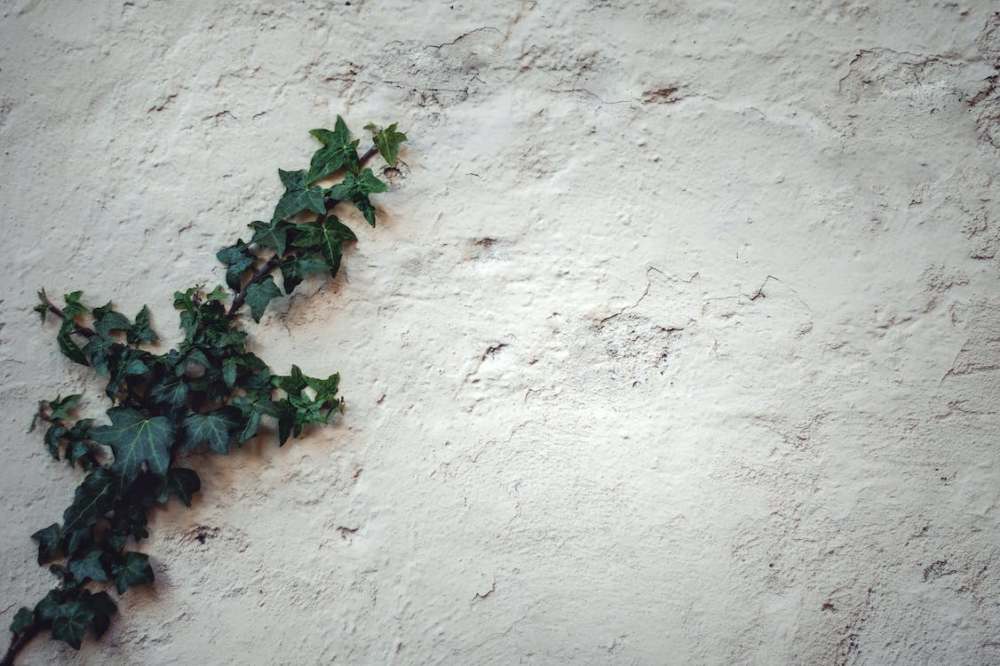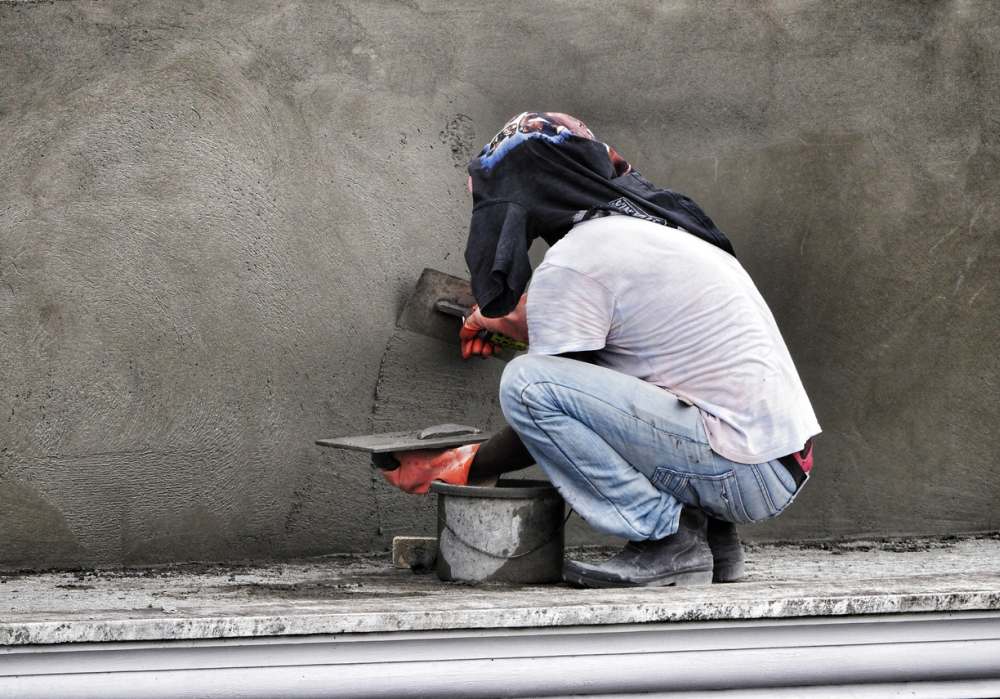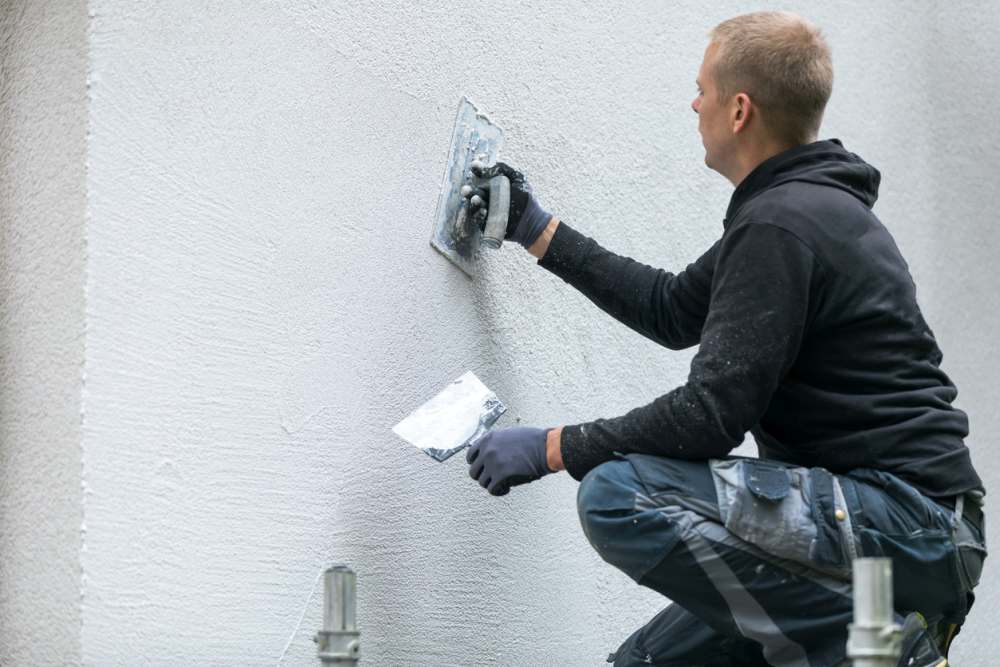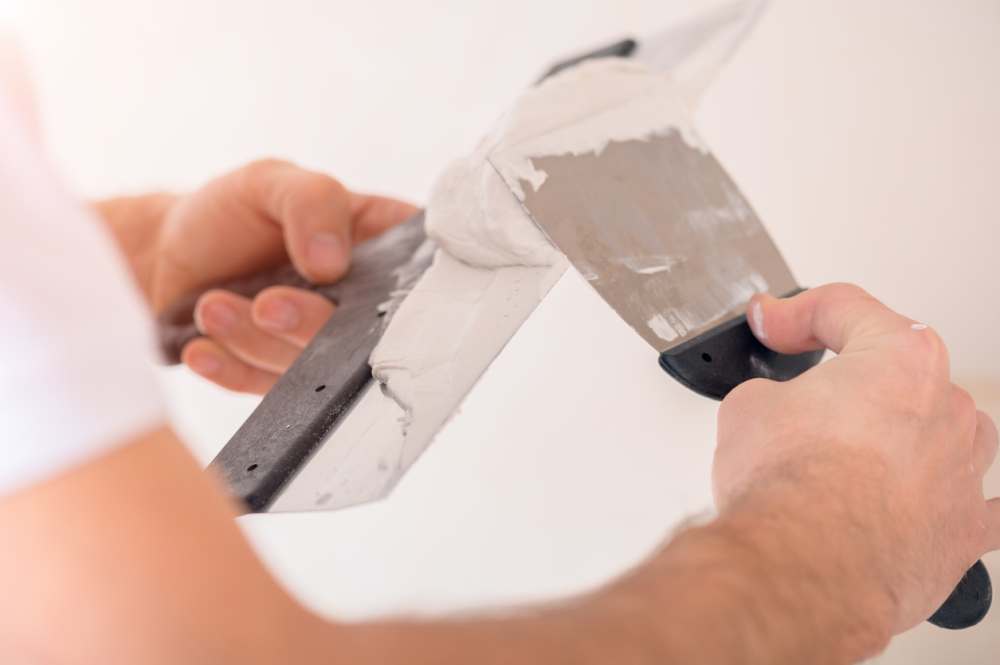When it comes to finishing exterior walls, homeowners and builders often find themselves choosing between two popular methods: parging and stucco. While both techniques provide protective and aesthetic benefits to buildings, they serve different purposes and involve distinct materials and application processes.
Understanding the differences between parging and stucco is crucial for anyone looking to make informed decisions about exterior wall treatments. This article focuses on these two methods, highlighting their characteristics, advantages, and ideal uses.
What is Parging?
Parging is a construction technique used to cover and refine the surface of exterior walls, particularly those made of concrete, concrete blocks, or bricks. The process involves applying a thin layer of mortar or a mortar-like material over the wall to create a smooth or sometimes textured finish. This coating serves several purposes: it protects the wall from moisture intrusion and weather-related damage, improves thermal insulation, and enhances the overall aesthetic appeal of the building.
The materials used for parging are typically a mix of Portland cement, sand, lime, and water, which are combined to form a workable paste. This paste is then spread over the wall’s surface using a trowel. The skill of the applicator can influence the final appearance, with various techniques used to achieve different textures or patterns.
Parging is often applied to the foundation walls of a house to provide a uniform and attractive look while protecting the foundation from the elements. It’s a cost-effective way to improve the durability and appearance of a building’s exterior without the need for more extensive and expensive masonry work. While parging is most commonly associated with residential foundations, it can also be used on other types of structures to cover and protect masonry surfaces.
What is Stucco?
Stucco is a popular exterior finish that has been used in construction for centuries and is known for its durability, versatility, and aesthetic appeal. It is a type of plaster made from a mixture of cement, lime, sand, and water and sometimes includes additives for enhanced strength and flexibility. Stucco is applied in several layers over a lath base, giving it a solid, durable surface that can withstand harsh weather conditions and resist cracks.
The final layer of stucco can be textured or smoothed to achieve a variety of finishes, from a rustic, rough appearance to a sleek, modern look. This adaptability allows stucco to complement a wide range of architectural styles, from Mediterranean villas to contemporary homes. In addition to its visual appeal, stucco provides excellent insulation properties, helping to keep homes cooler in the summer and warmer in the winter.
Stucco’s application process is labor-intensive and requires skilled craftsmen to ensure a uniform and attractive finish. Once applied, stucco dries to a hard, rock-like consistency, creating a protective shell around the building. This long-lasting finish can be painted, although many choose to leave it in its natural state to enjoy the unique texture and color variations provided by the materials. Whether used for new construction or as a covering for existing walls, stucco remains a favored choice for exterior wall finishes due to its beauty and resilience.
The Similarities and Differences Between Parging and Stucco
Parging and stucco are both popular methods for covering and protecting exterior walls, offering both functional and aesthetic benefits. Despite their similarities, they serve different purposes and have distinct characteristics. Here’s a closer look at how parging and stucco compare:
Similarities
Parging and stucco share several key features that make them preferred choices for exterior wall finishes:
- Protective Qualities: Both serve as a protective layer for exterior walls, guarding against moisture and environmental damage.
- Aesthetic Appeal: They can significantly enhance the visual appeal of a building, providing a neat and finished look.
- Material Composition: The base materials for both include cement, which contributes to their durability and strength.
- Application Method: Parging and stucco are applied manually using a trowel, allowing for a range of textures and finishes depending on the technique used.
Differences
While parging and stucco share some similarities, their differences are crucial in determining their most appropriate applications:
- Primary Use: Parging is typically used on foundation walls or lower portions of a structure to protect against moisture, while stucco is applied to upper walls and facades for aesthetic and insulative purposes.
- Composition and Texture: Stucco often includes lime in its mixture, which allows for a wider variety of textures and finishes compared to the more uniform appearance of parged surfaces.
- Insulation: Stucco’s composition and application method provide better insulation properties, helping to maintain a more consistent indoor temperature.
- Durability and Maintenance: Stucco’s multi-layer process lends itself to greater durability and resistance to weathering, whereas parging may require more frequent maintenance due to its susceptibility to cracking.
In choosing between parging and stucco, it’s important to consider the specific needs of your project, including the desired aesthetic, the level of protection needed, and the building’s architectural style. Each method offers unique benefits that can enhance the functionality and appearance of exterior walls.
Conclusion
Parging is an excellent choice for foundational protection and a smooth finish on lower wall sections, whereas stucco stands out for its aesthetic versatility, insulation benefits, and suitability for upper wall facades. The decision between using parging or stucco ultimately depends on the specific requirements of your project, including considerations of climate, architectural style, and maintenance expectations.



